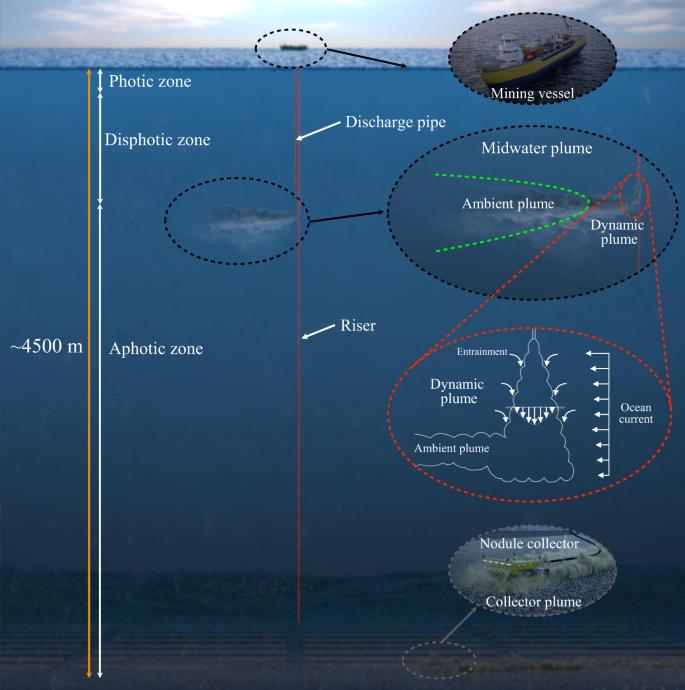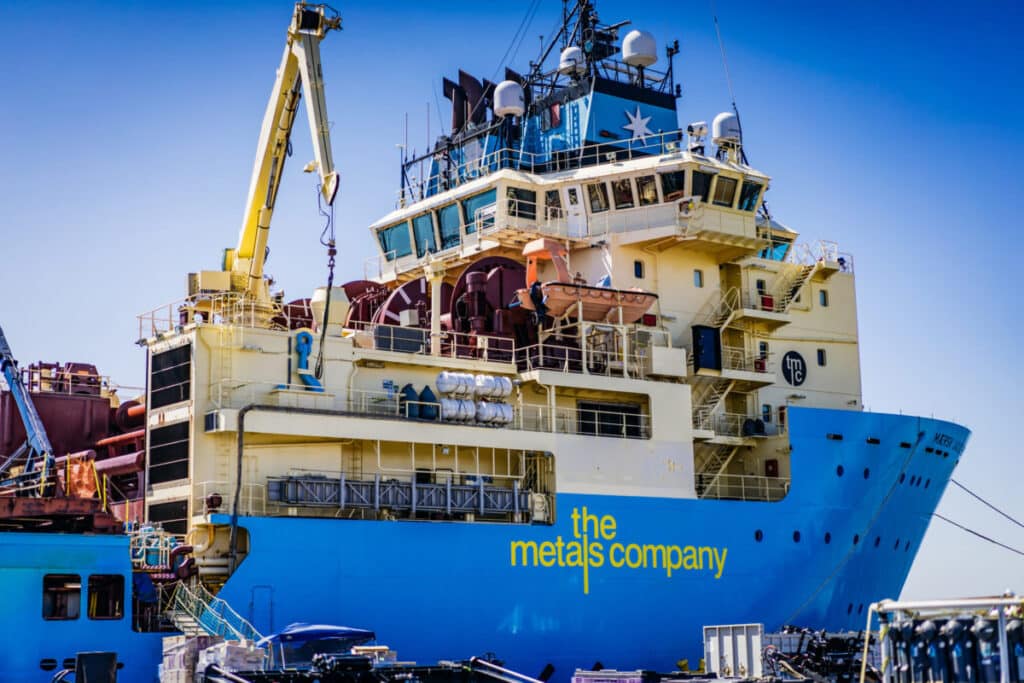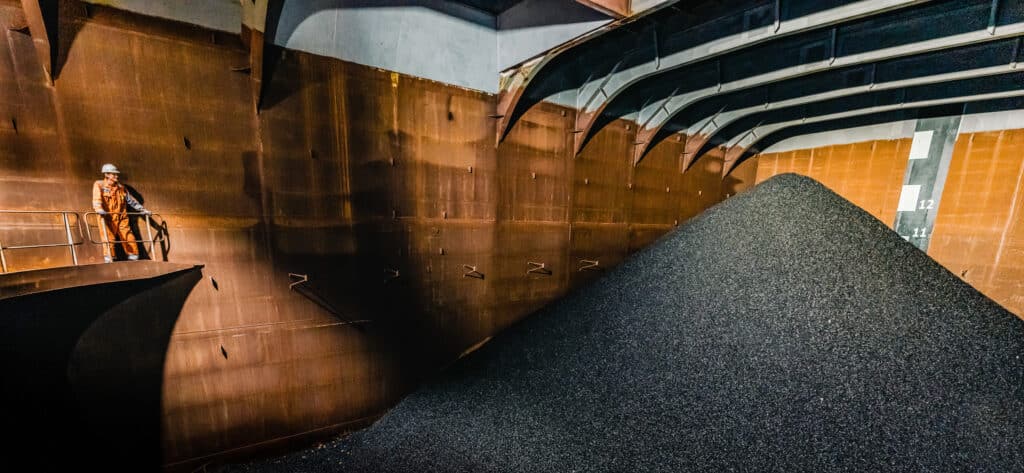Originally published on nature.com
Article Title:
Extent of impact of deep-sea nodule mining midwater plumes is influenced by sediment loading, turbulence and thresholds
Authors: Carlos Muñoz-Royo, Thomas Peacock, Matthew H. Alford, Jerome A. Smith, Arnaud Le Boyer, Chinmay S. Kulkarni, Pierre F. J. Lermusiaux, Patrick J. Haley Jr., Chris Mirabito, Dayang Wang, E. Eric Adams, Raphael Ouillon, Alexander Breugem, Boudewijn Decrop, Thijs Lanckriet, Rohit B. Supekar, Andrew J. Rzeznik, Amy Gartman & Se-Jong Ju
Abstract:
Deep-sea polymetallic nodule mining research activity has substantially increased in recent years, but the expected level of environmental impact is still being established. One environmental concern is the discharge of a sediment plume into the midwater column. We performed a dedicated field study using sediment from the Clarion Clipperton Fracture Zone. The plume was monitored and tracked using both established and novel instrumentation, including acoustic and turbulence measurements. Our field studies reveal that modeling can reliably predict the properties of a midwater plume in the vicinity of the discharge and that sediment aggregation effects are not significant. The plume model is used to drive a numerical simulation of a commercial-scale operation in the Clarion Clipperton Fracture Zone. Key takeaways are that the scale of impact of the plume is notably influenced by the values of environmentally acceptable threshold levels, the quantity of discharged sediment, and the turbulent diffusivity in the Clarion Clipperton Fracture Zone.
Introduction
Deep-sea mining of polymetallic nodules is under consideration as a new global extractive industry due to the large resources of nickel, cobalt, copper, and manganese, which are substantial compared to land-based reserves1,2. An environmental concern, however, is the scale and impact of the sediment plumes that will be created. Two types of plumes are potentially associated with such an activity (Fig. 1). Inevitably, there will be a sediment plume generated by a nodule collector vehicle driving on the seabed. In addition, some mining proposals consider discharging a midwater sediment plume from a surface operation vessel, the plume comprising water and some sediment brought up with the nodules, nodule fines, and water used to clean the nodules aboard the vessel. Although the midwater discharge material has sometimes been referred to as tailings3,4,5,6, tailings are waste leftover after ore processing7, and to date there are no known proposals to release tailings from nodule mining operations at sea. An alternative to a midwater discharge being considered is to try and release the same material in a more localized manner close to the seabed.
Fig. 1: Schematic of a polymetallic nodule mining operation.
From top to bottom, the three zoom-in panels illustrate the surface operation vessel, the midwater sediment plume, and the nodule collector operating on the seabed. The midwater plume comprises two stages: (i) the dynamic plume, in which the sediment-laden discharge water rapidly descends and dilutes to a neutral buoyancy depth, and (ii) the subsequent ambient plume that is advected by the ocean current and subject to background turbulence and settling.
Read the full study on nature.com





